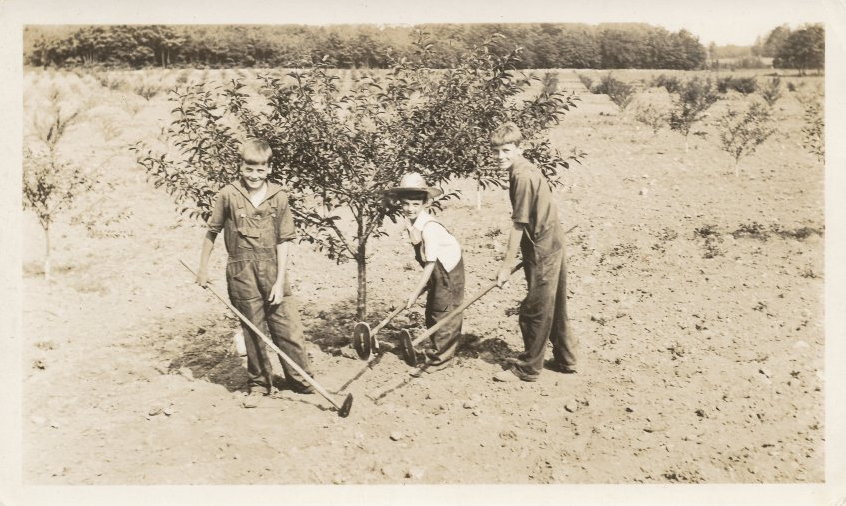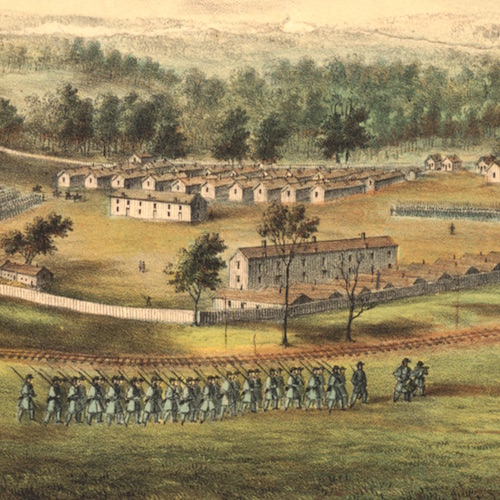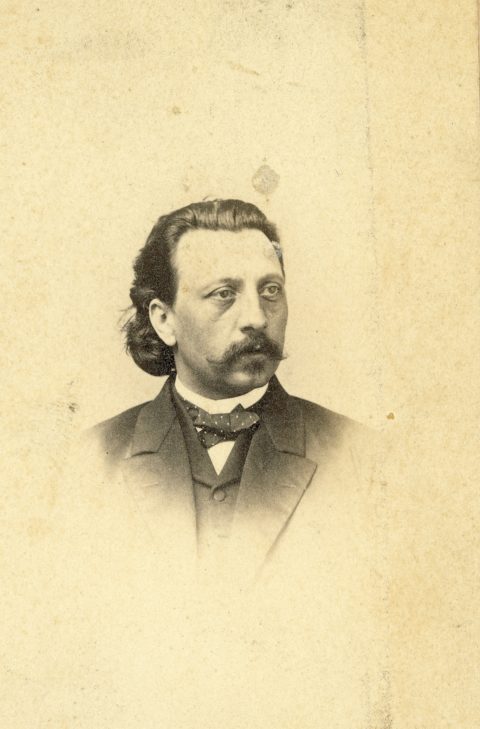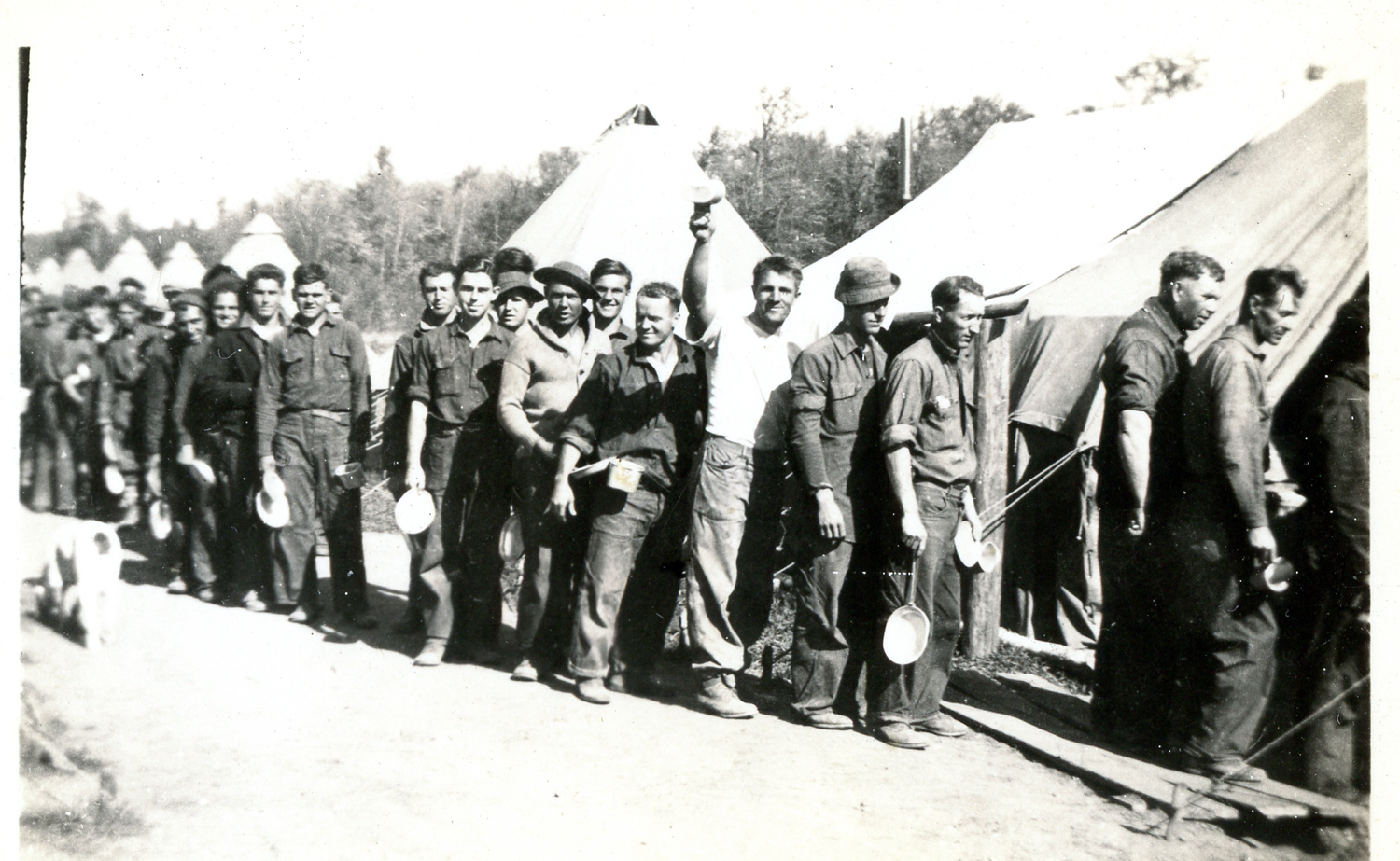Migrant Labor and Door County Cherries
Early Door County cherry orchards relied heavily on local workers, and all members of the family that owned a cherry orchard were expected to contribute. From the planting process, spraying of fungicides, pruning, and finally cherry picking, each cherry tree required a…





